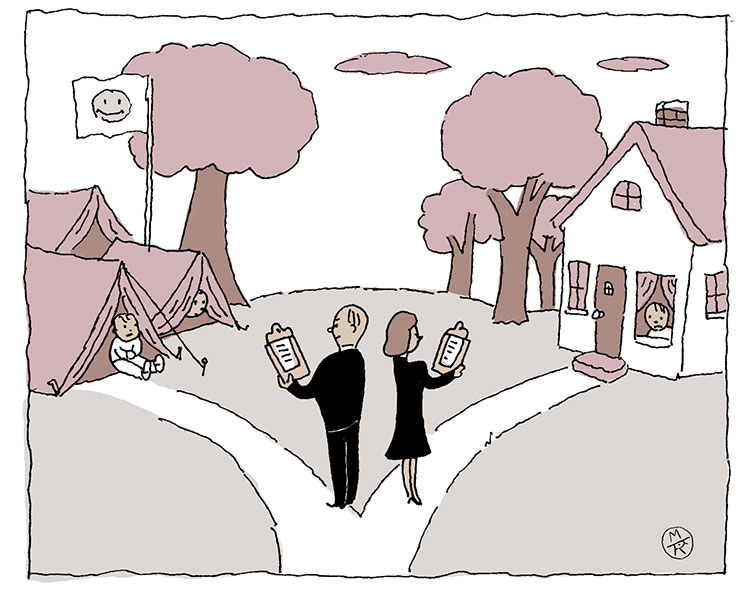
From the Boy Scouts of America to the Catholic Church, youth service organizations have come under fire in recent years for what has appeared to be an alarming prevalence of child abuse cases, causing some to speculate about these groups’ safety. Do youth organizations pose a particular risk for abuse because the individuals who staff them aren’t sufficiently supervised? Do these groups attract people with abusive inclinations?
A study led by UNH’s David Finkelhor to address these questions was published by JAMA Pediatrics in February with some interesting results: the rate of abuse among children and adolescents by individuals in organizations that serve youth, including schools and recreational groups, was low compared with rates of abuse by family members and other adults. Combining data from three national telephone surveys of 13,052 children up to age 17, Finkelhor worked with colleagues at UNH’s Crimes Against Children Research Center and at Sewanee, the University of the South to calculate prevalence rates for youth organization-related abuse. He then compared those rates with those for family and non-family, non-youth organization related abuse. At less than one percent (0.8 percent) over respondents’ lifetimes, the reported rate of abuse in youth organization settings was dwarfed by the 11.4 percent rate reported in family settings as well as the 5.9 percent rate for non-family, non-youth organizations.
Finkelhor cautions that, while the rate is quite low, absolute cases of youth service setting abuses ranging from verbal aggression to physical and sexual assault do indeed exist, and merit continued prevention efforts. At the same time, he hopes the results of the study will help allay some of the anxiety that has been created by a small number of highly publicized youth organization-based cases, which may be deterring families from making use of excellent and affordable childcare resources.
Originally published in UNH Magazine Spring 2016 Issue
-
Written By:
Kristin Waterfield Duisberg | Communications and Public Affairs

















































